2.Finding phonemes and allophones
3.Linking levels : rules
4.Choosing the underlying form
5.Summary
음이 어떻게 조직되며 그 언어에서 어떤 역할을 하는지에 대해 연구,
언어 시스템에 따라 의미가 다르게 부여, 언어의 소리체계에 대해 관심
음소; 어떤 언어에서 의미 구별 기능을 갖는 음성 상의 최소 단위
(변)이음; 의미 차이는 나지 않지만 위치에 따라 약간 다르게 들리는
동일한 음소의 음
These sets of t-sounds, p-sounds and k-sounds also represent
phonetically different speech sounds, yet can clearly be grouped together.
▶ Phonemes
→ abstract, underlying, symbolic, psychological
- can not be pronounced
- Allows us to relate specific speech sounds(allophones)
to each other
- A phoneme can have a group of allophone sounds
- 의미를 구별하는 변별적인 음
- 음운론에서 다루어지는 음
▶ Allophones
→ concrete, surface, pronounced, physical
- The predictable surface elements
- 음성학에서 다루어지는 음
't' has several concrete representatives
: [t],[tʰ] and [t ̚]
Abstractly English has a 't' and that concretely the pronunciation of this 't‘
depends on the context in which it occurs
언어 시스템의 다른 예
Native speakers of English
do not realise the phonetical differences
Underlying is not unique to linguistics and it,
in fact, a familiar concept from the natural sciences
Just as the t-sounds [t], [tʰ] and [t̚] are underlyingly /t/,
water, ice and water vapour are underlyingly H₂O



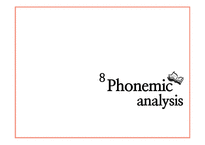
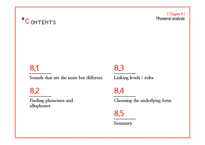
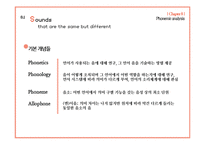
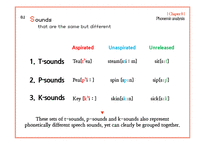
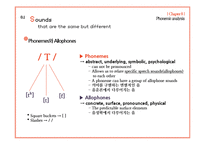

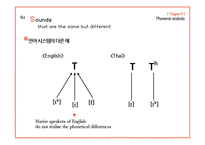
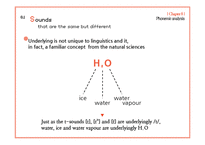
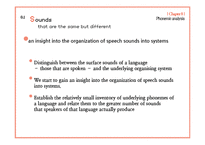
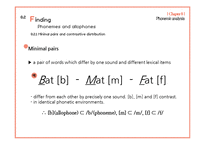
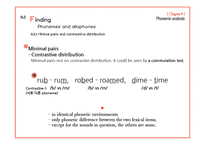

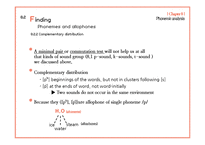

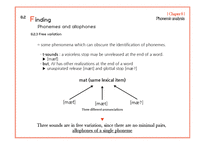
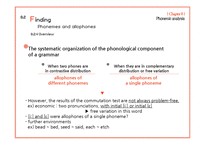
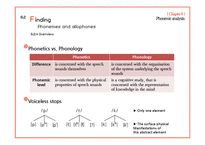
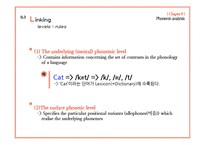
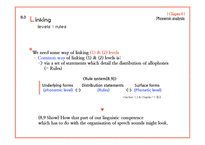
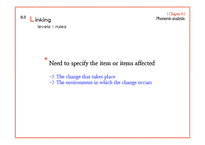
 분야
분야


